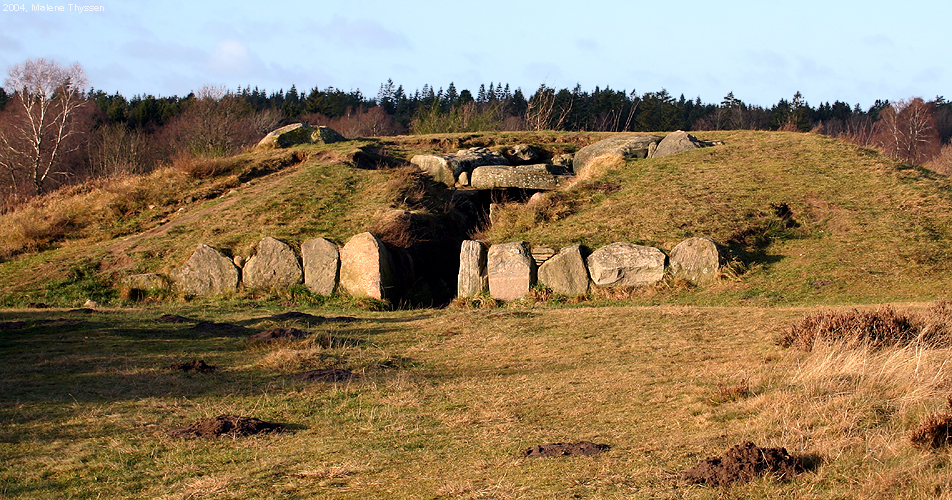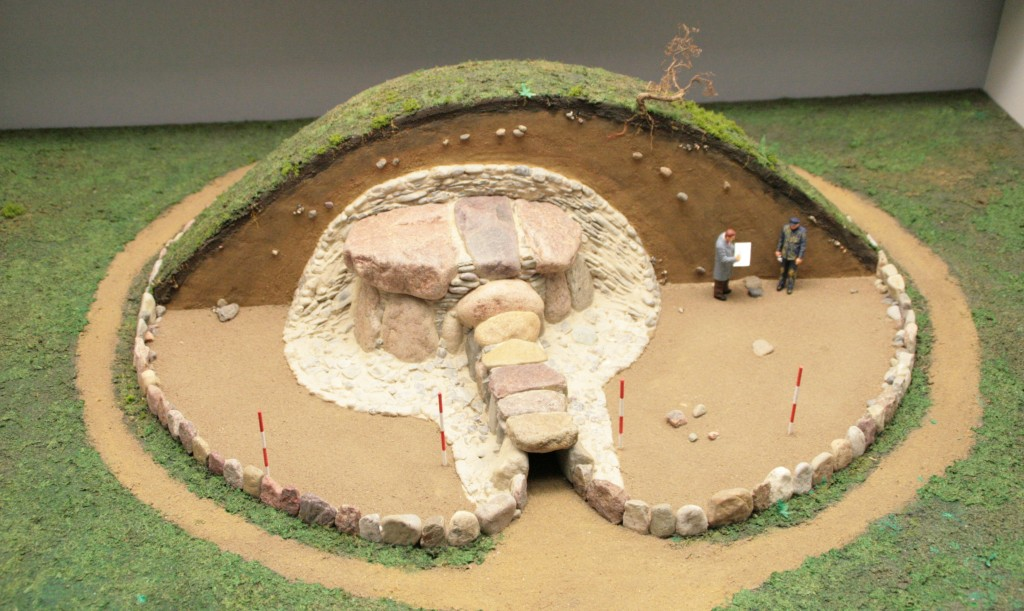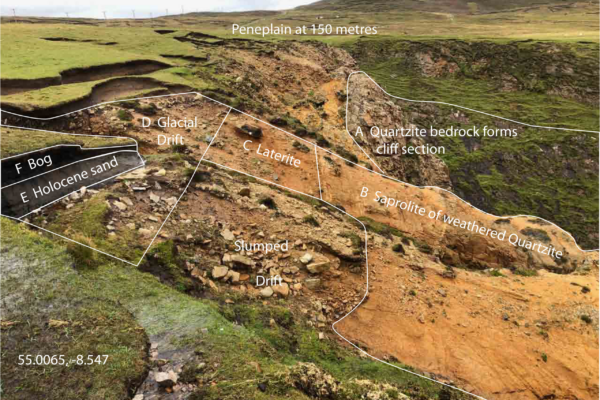Passage graves – neolithic luxury condos for the dead
Imagine you’re a Neolithic farmer with a flair for architecture and a penchant for dramatic burials. What do you build? A passage grave, of course! These stone-age structures are the ultimate “tight squeeze” for the dearly departed.
A passage grave, also known as a passage tomb (because nothing says “final resting place” like a narrow corridor), is the prehistoric equivalent of a luxury condo for the dead. It consists of one or more burial chambers, covered in earth or stone, accessed by a passage so narrow it would make a spelunker think twice.
These Neolithic masterpieces started popping up across Western Europe faster than you can say “megalithic,” primarily between 4000-3000 BC. Talk about a housing boom! From Ireland’s famous Newgrange to the lesser known but equally impressive Carrowkeel in County Sligo, these structures were the hottest (or should we say coldest?) real estate for the deceased.
The basic floor plan is simple: a long, narrow passage leading to a central chamber, often with side rooms. It’s like a studio apartment, but with more skeletons and less natural light. When covered in earth, it’s called a burial mound – the prehistoric equivalent of a gated community. If it’s covered in stones, it’s a cairn – because nothing says “rest in peace” like a pile of rocks.
But these weren’t just any old tombs. Oh no, our Neolithic ancestors were all about location, location, location. Many passage graves were strategically placed on hilltops, grouped in cemeteries. It was the Neolithic version of “keeping up with the Joneses,” but with more megalithic stones and fewer lawn ornaments.
In Ireland, these structures were so impressive that they were later attributed to giants. Saxo Grammaticus, Denmark’s first historian, wrote: “That the Danish area was once cultivated by a civilization of giants is testified by the immense stones attached to ancient barrows and caves.” Clearly, he hadn’t considered the possibility of really determined regular-sized humans with a lot of free time.
So, the next time you’re house hunting and come across a “cozy” place with “character,” just remember: it could be worse. At least it’s not a passage grave. Unless, of course, you’re into that sort of thing. In which case, I hear there’s a lovely fixer-upper in County Sligo with your name on it!





